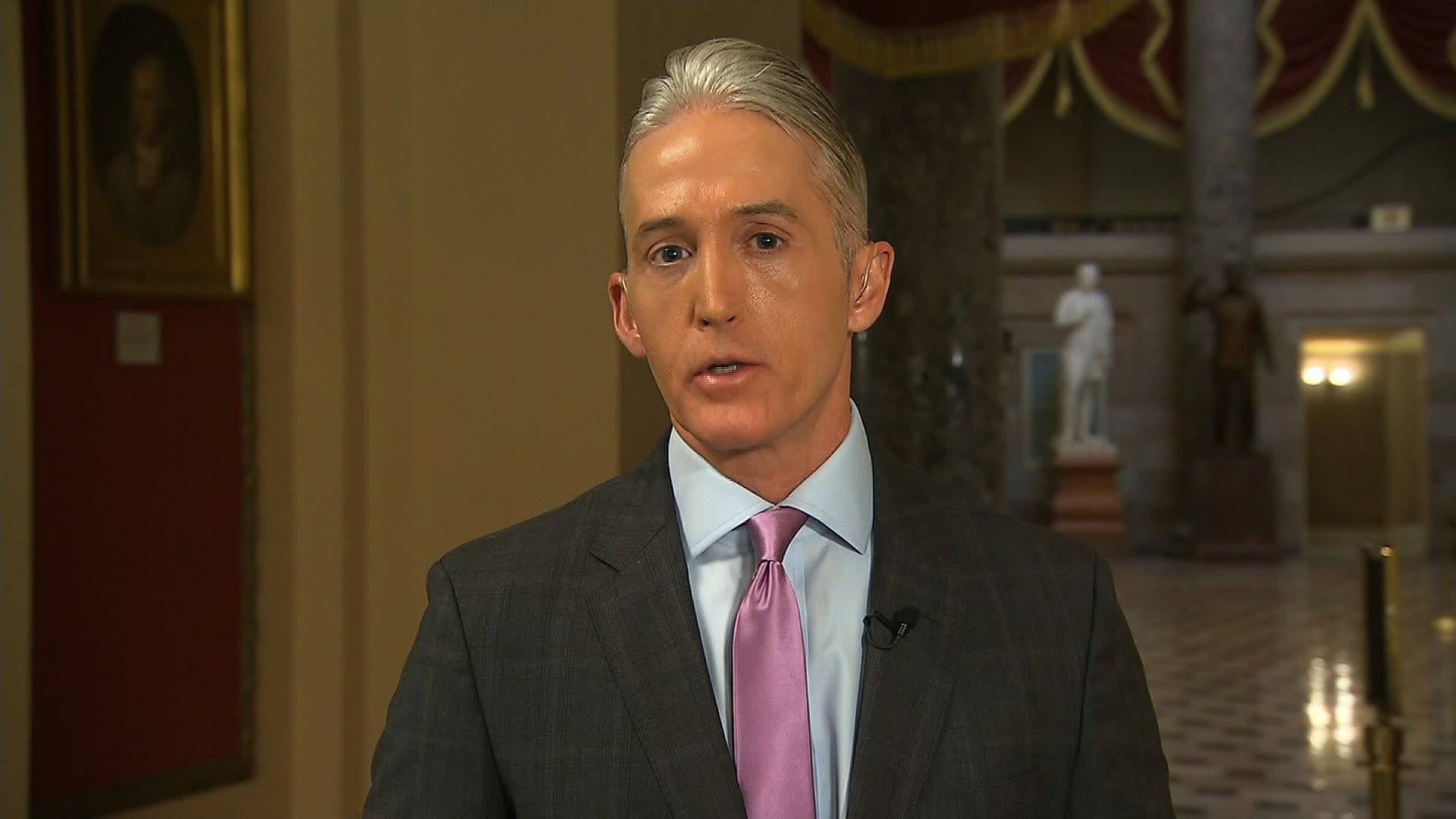Introduction
John Quincy Adams, the sixth President of the United States, inherited a legacy of political upheaval and economic turmoil. As a Democratic-Republican, he faced the daunting task of bridging the widening partisan divide and stabilizing a nascent nation. His presidency marked a period of significant domestic and foreign policy shifts, paving the way for a new era in American politics.
John Quincy Adams: A Political Maverick
Born into a prominent political family, Adams forged his own path as a staunch nationalist and advocate for a strong central government. As Secretary of State under James Monroe, he played a pivotal role in shaping the landmark Monroe Doctrine, asserting American hegemony in the Western Hemisphere. Despite his Democratic-Republican affiliation, Adams’s pragmatic approach and independent thinking often alienated members of his own party.
Adams’s election in 1824 was marred by accusations of a "corrupt bargain" with Henry Clay, who became Secretary of State. This further deepened the divisions within the Democratic-Republican Party and set the stage for the emergence of the Whig and Democratic parties. Nevertheless, Adams remained steadfast in his belief that his policies were in the best interests of the nation.
Adams’ Presidency: A Balancing Act
Adams’s presidency was dominated by a series of bold initiatives aimed at promoting economic growth and national infrastructure. He proposed an ambitious program of internal improvements, including the construction of roads, canals, and railroads to connect the expanding country. However, these proposals faced resistance from states’ rights advocates and those who feared the expansion of federal power.
Adams also attempted to reform the tariff system, which had become a contentious issue between Northern and Southern states. His proposals sought to reduce tariffs on imported goods while raising revenue to fund internal improvements. However, these efforts were met with fierce opposition from both protectionist and free trade proponents.
Despite the challenges, Adams’s presidency also witnessed significant diplomatic achievements. He negotiated a treaty with Great Britain to resolve the long-standing boundary dispute between the United States and Canada. Additionally, he established diplomatic relations with several Latin American nations, recognizing their independence and establishing the foundation for future collaboration.
Summary
John Quincy Adams’s presidency was a complex and consequential period in American history. As a political maverick, he navigated a tumultuous political landscape and pursued his vision of a strong and prosperous nation. His ambitious domestic policies faced resistance from partisan divisions, but his diplomatic achievements laid the groundwork for future expansion and international cooperation. Adams’s legacy as a Democratic-Republican president remains a testament to his independent spirit and his unwavering commitment to the betterment of the United States.



